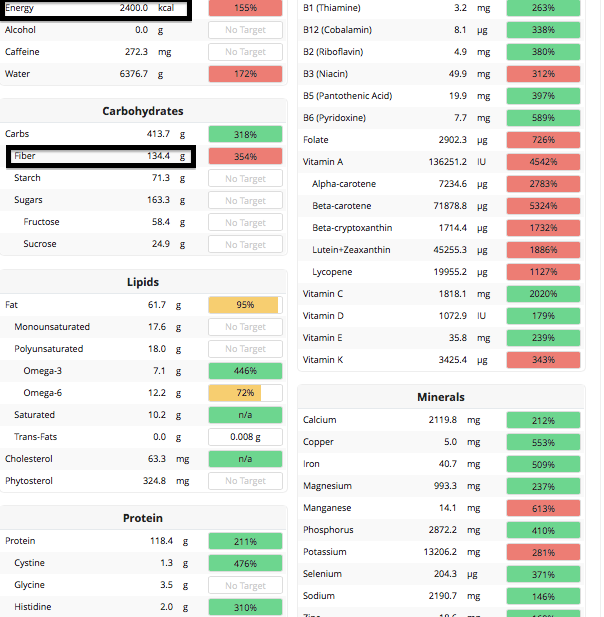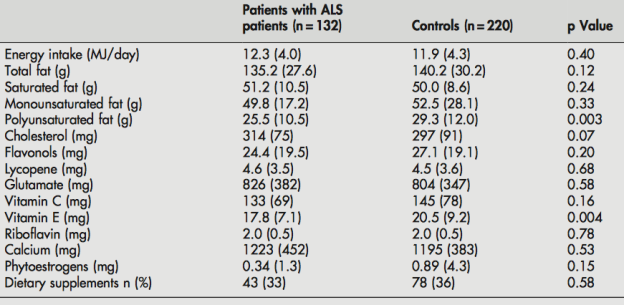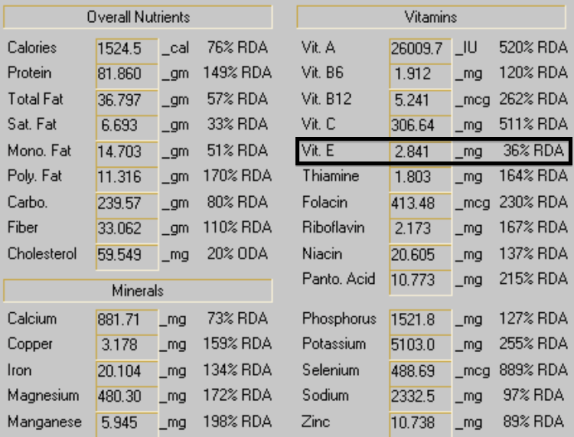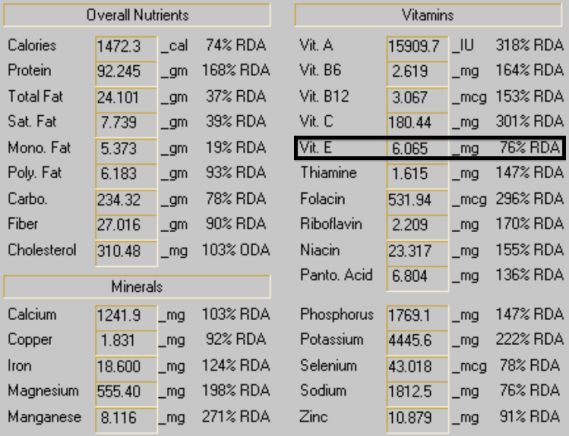How do I eat ~100 grams of fiber, on average, every day? Here’s my full dietary breakdown from December 30, 2015:

Green tea is associated with reduced all-cause mortality risk (https://michaellustgarten.wordpress.com/2015/10/20/drink-green-tea-reduce-and-all-cause-mortality-risk/), so I start every day with green tea + lemon.
Then, I ate a giant salad (https://michaellustgarten.wordpress.com/2015/10/09/what-i-eat-giant-salad/), consisting of pickles, lettuce, tomato, purple cabbage and corn, and topped with a blended dressing of fresh lemon, sesame seeds, cumin, jalapeño, and raw garlic.
Also on the list were sardines, which I eat every day. Snacks in between bigger meals were carrots, 1 whole red pepper, mushrooms, and a Brazil nut.
Then I ate a big bowl of broccoli topped with cherry tomatoes. I added mustard powder after the broccoli and tomatoes were done cooking (~10 minutes), because broccoli’s sulfurophane content decreases with cooking time (https://michaellustgarten.wordpress.com/2014/08/13/restoring-boiling-induced-sulfurophane-depletion-in-broccoli-with-mustard-powder/).
At some point after that I had cod liver oil, to get my daily dose of Vitamin D and the fish oil fatty acids, EPA and DHA. I just (last week) sent my blood for analysis of my circulating Vitamin D, so I may need to increase my vitamin D intake based on what the result shows.
Next I had my beet-berry smoothie (https://atomic-temporary-71218033.wpcomstaging.com/2015/08/09/beet-berry-smoothie/).
For dinner I had my barley-veggie mix (https://michaellustgarten.wordpress.com/2015/10/08/what-i-eat-barley-cauliflower-collard-tomato-celery-onion-corn-mix/), including barley, cauliflower, celery, tomato, corn, collards, onions and olive oil. Also, with an orange for dessert!
In sum, 2400 calories, 130 grams of dietary fiber, and maximal nutrition!

7/2017 Update: When considering the link between linoleic acid and all-cause mortality (https://michaellustgarten.wordpress.com/2015/12/20/the-essential-fatty-acid-linoleic-acid-dietary-intake-and-circulating-values-whats-optimal-for-health/), Ive increased my intake of omega-6 fats, almost exclusively from walnuts, while cutting my carbohydrate intake to try to stay calorie neutral. In doing so, this change increased my HDL from 28 to ~50, while keeping my total cholesterol < 150, and LDL < 70.
If you’re interested, please have a look at my book!



